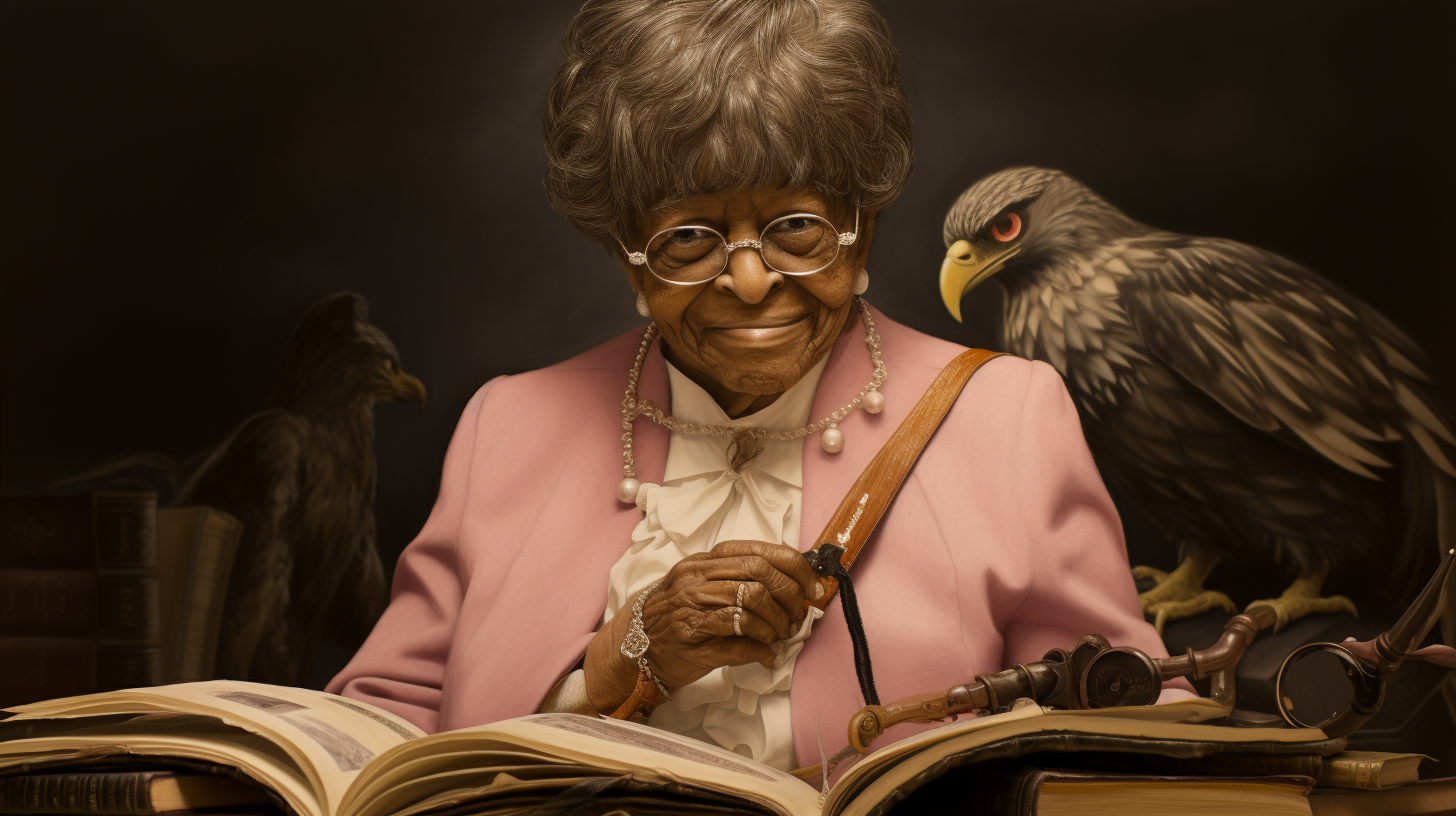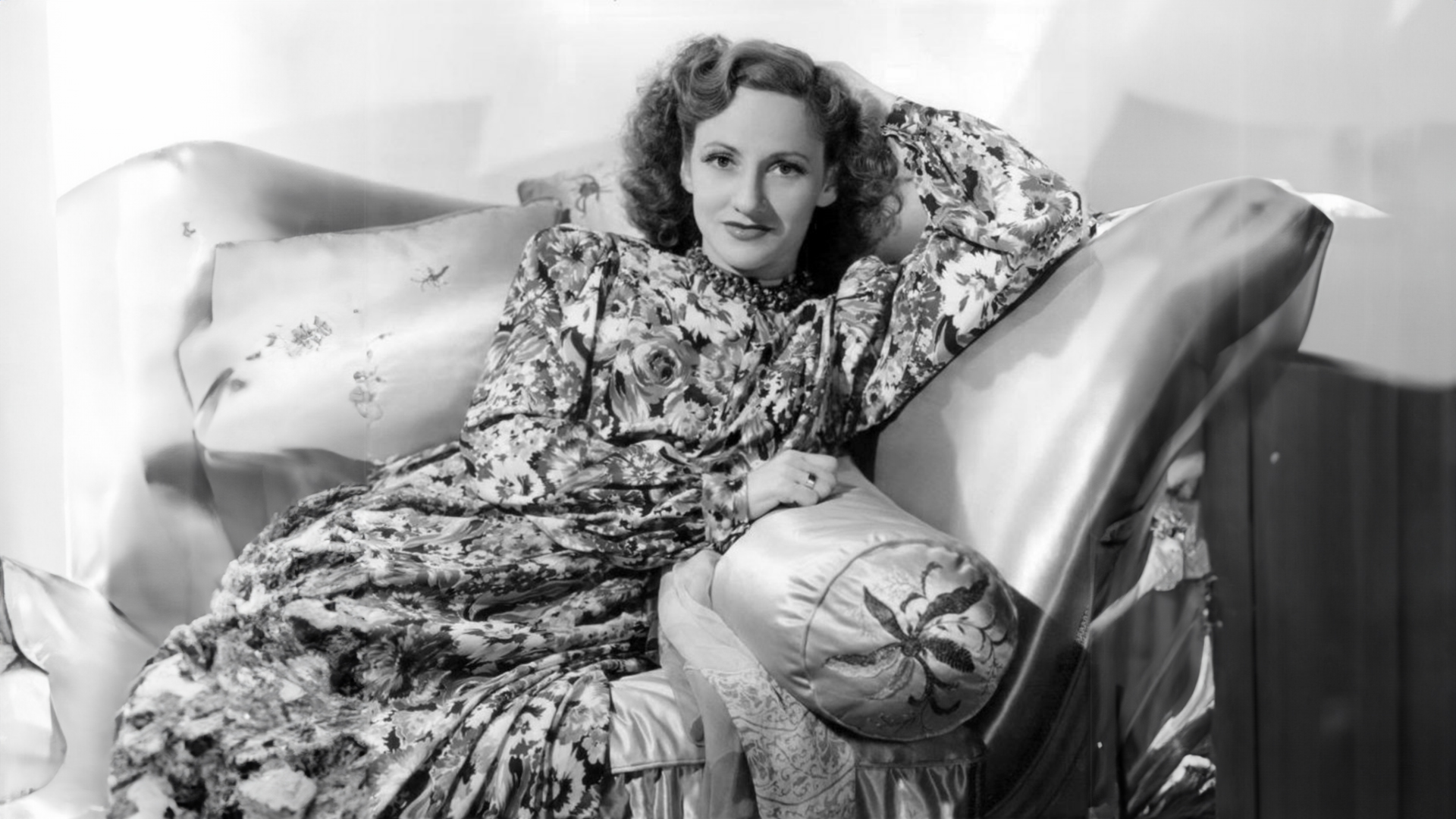Introduction
James Freret (1838–1897) was a prominent American architect whose legacy is deeply ingrained in the architectural landscape of New Orleans, Louisiana. With a prolific career spanning several decades, Freret played a pivotal role in designing and shaping many iconic homes and buildings in the region. Beyond his architectural achievements, his life journey and contributions reflect a commitment to the art of design and a dedication to his city.
Early Life and Education
Born in New Orleans, Louisiana, James Freret was the son of Livie (née D’Arensbourg) Freret and James P. Freret. His family’s ties to architecture extended beyond his immediate lineage; his cousin, William A. Freret, also an architect, made significant contributions to the field. William A. Freret, the son of New Orleans mayor William Freret, is notably known for redesigning the State Capitol after the Civil War and leading the Office of the Supervising Architect in Washington, D.C.

James Freret’s architectural journey began under the tutelage of George Purves, a distinguished New Orleans architect. Subsequently, he pursued formal architectural studies at the École des Beaux-Arts in the early 1860s. There, he trained under Charles-Auguste Questel, one of the first Americans to study at the École des Beaux-Arts. Unfortunately, the Civil War compelled him to return to the United States, where he joined the Confederate Army’s engineering corps. Freret’s dedication to his country led to his participation in the Siege of Port Hudson, where he was wounded. In 1865, he returned to New Orleans, ready to embark on his architectural career.

Select Works
James Freret’s architectural portfolio is a testament to his skill and creativity. Some of his notable works include:
- Moresque Building, New Orleans (with William A. Freret): Although this building was destroyed by fire in 1897, it remains an important part of the city’s architectural history.
- Board of Trade Building, New Orleans: An architectural gem that continues to stand as a symbol of New Orleans’ commerce and trade.
- Lemann Store, Donaldsonville, Louisiana: Listed on the National Register of Historic Places (NRHP), this structure reflects Freret’s ability to blend aesthetics and functionality.
- Administration Building of the Spring Hill College Quadrangle, Mobile, Alabama: Another NRHP-listed work, this building demonstrates Freret’s architectural influence outside of New Orleans.
- Upper Central Business District (Boundary Increase II), New Orleans: Collaborating with Wolf, Freret contributed to this historic district’s architectural richness, earning it a place on the NRHP.
- Bradish Johnson House, New Orleans: Erected in 1872, this house has had a lasting impact on the city’s residential architecture.
- Little Sisters of the Poor, Convent of St. Mary: Located at the corner of Prytania and Foucher Streets in New Orleans, this convent showcases Freret’s expertise in ecclesiastical architecture.
- Gothic Revival Masonic Hall: Designed for Tivoli Circle in New Orleans, this project, though never built, highlights Freret’s versatility and innovative spirit.
- Jewish Widows and Orphans Home, New Orleans: An important institution in the city, this home bears the architectural imprint of James Freret.
Legacy
James Freret’s architectural legacy endures in the historic fabric of New Orleans and beyond. His ability to seamlessly blend diverse architectural styles and his commitment to craftsmanship continue to inspire architects and enthusiasts. His contributions to the city’s architectural heritage serve as a testament to the enduring power of design and creativity in shaping the cultural identity of a place.
Conclusion
James Freret’s life and work as an architect left an indelible mark on the architectural landscape of New Orleans, Louisiana. His designs, characterized by innovation and a deep appreciation for aesthetics, continue to be celebrated and preserved. Beyond bricks and mortar, Freret’s legacy serves as a reminder of the enduring impact of architectural visionaries in shaping the cultural identity of a city.



